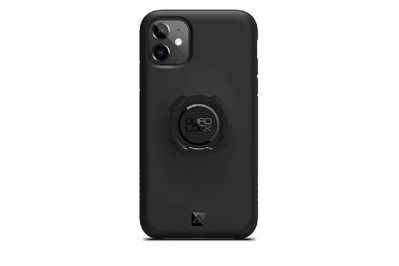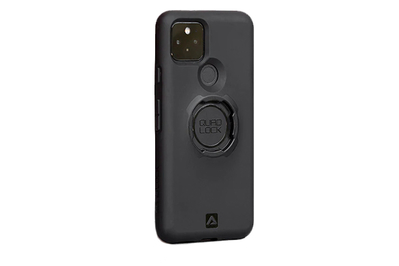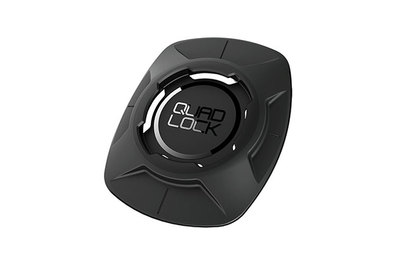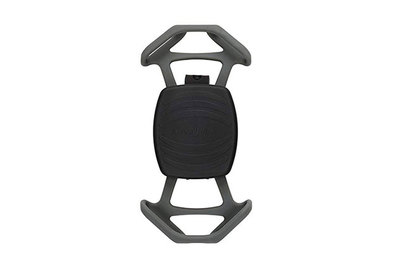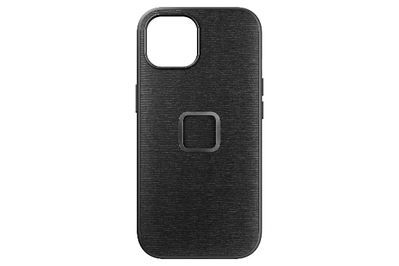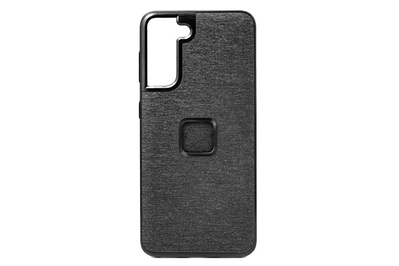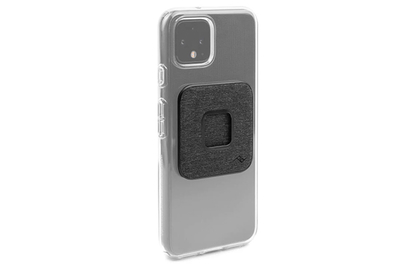Using a smartphone mount while biking is a boon for anyone who wants easy access to their device. But with phone prices approaching—and topping—the $1,000 mark, you want to be sure your device stays firmly attached.
After riding with 27 smartphone bike mounts over 120 miles’ worth of smooth and rough roads, we’ve concluded that the Quad Lock Out Front Mount and Quad Lock cases (which come in iPhone, Samsung Galaxy, and Pixel versions) are the ones we’d use for our own phones.
Our pick
The Quad Lock cases (available for iPhone, Samsung Galaxy, and Pixel) and the Quad Lock Universal Adaptor, combined with the company’s Out Front Mount (which we prefer to the stem mount that comes in Quad Lock’s case-and-mount kits), proved to be the confidence-inspiring solutions for securely attaching any smartphone to any bicycle. In our tests, phones vibrated hardly at all—let alone rattled or shook—in the Quad Lock products, no matter how bumpy the road became. Both the phone cases and the universal adapter twist to lock into place on the mount, which in turn clamps onto a bike’s handlebars.
The iPhone 8 Plus case we tested didn’t interfere with phone functions, and based on the Quad Lock cases we’ve tested for other guides, we’re confident that it would protect the phone in daily use. (Also, you can use the cases and adapters with Quad Lock’s many other mounts, for car dashboards, running armbands, and more.) The indented socket on the back of the case was among the least noticeable of the case-type bike mounts we tested. The Universal Adaptor sticks out from a phone’s case (or back), like most such adapters, which you may find annoying; if that bothers you, you might consider buying a separate “bike ride” case for your phone.
Budget pick
The Nite Ize Wraptor is a simple, well-designed option for riders who want to be able to mount their phone on their own bike or a bike-share bike, and who generally ride on smooth, paved roads. The silicone straps that attach phone to mount and mount to bike feel much sturdier than those of other, similar mounts. Because of the stretchy nature of silicone, we did find that our test phones would vibrate more in the Wraptor than they did in the pricier Quad Lock mounts when we rode on rough terrain, but it was nothing like the rattling we witnessed with other silicone mounts, and even some case-based mounts.
The Wraptor fits handlebars of all sizes and is a cinch to install and remove. Likewise, the straps fit phones of all sizes, and they don’t get in the way of the phone’s screen or buttons—a problem we had with other silicone mounts. You can also easily rotate the phone from portrait to landscape (and vice versa) even as you pedal. The entire mount is small enough to tuck into a pocket when not in use.
Upgrade pick
The aluminum Peak Design Out Front Bike Mount V2 and polycarbonate cases (available for late-model iPhone, Samsung Galaxy, and Pixel phones) and the Peak Design Universal Adapter work in much the same way as our top pick, the Quad Lock system. The Bike Mount’s arm clamps onto your bike’s handlebars, and the phone case (or adapter) clicks audibly into the 2.25-square-inch silicone-softened base. Where the Quad Lock mount uses a twist-into-place locking mechanism, the Peak Design mount combines retractable aluminum tabs—released by two buttons on the underside of the base—that fit into a square cutout on the back of the phone case with a very strong magnet that grabs and holds the case. This belt-and-suspenders design kept our phones solidly in place on rough roads and rocky trails.
As with the Quad Lock, we recommend the Peak Design cases in other guides, and we’re equally confident they’ll protect any phone well; also like Quad Lock, Peak Design sells other phone mounts and accessories, including car mounts, motorcycle mounts, and tripods. Unlike the thick Quad Lock cases, Peak Design’s cases work seamlessly with wireless-charging systems such as MagSafe. Peak Design doesn’t have as deep a back catalog, though—perhaps because the company started making phone cases years later than Quad Lock—so owners of older models will have to make do with the Universal Adapter instead of a dedicated case. You’ll also pay about $40–$50 more for the Peak Design system.


